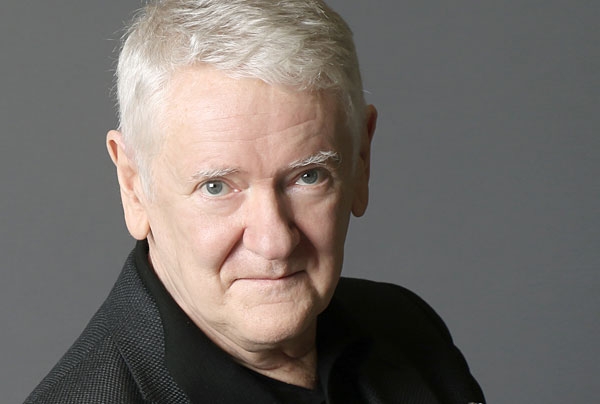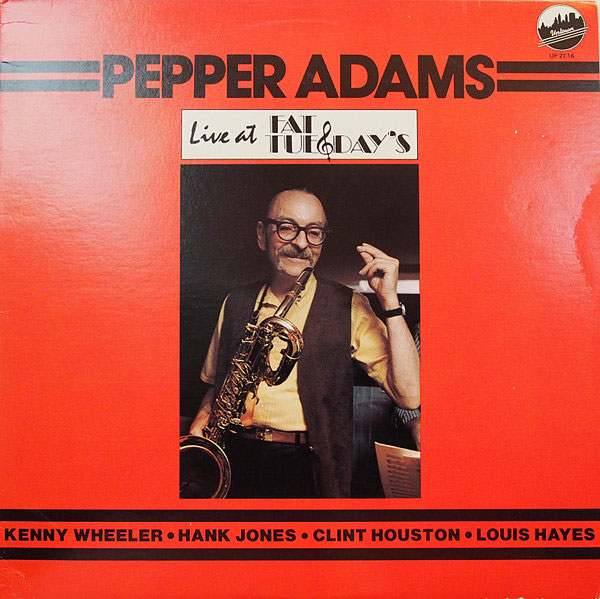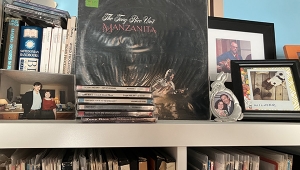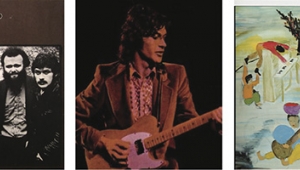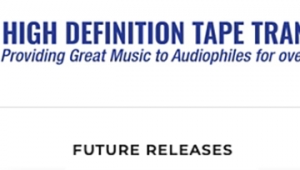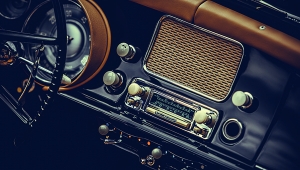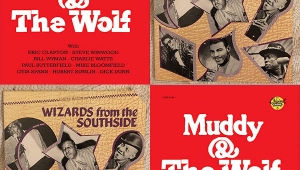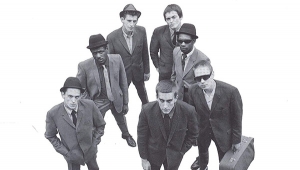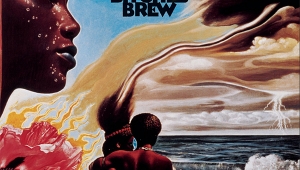| Columns Retired Columns & Blogs |
For those truly interested in perfectionist audio, it would be very useful to know the reference monitor listening level used at the listening position by the engineer during the mastering effort, which would (arguably) be the best playback level at the consumer's listening position for best fidelity to that mastering effort, other considerations aside. In the absence of that information, a consumer listener is left guessing at which playback level best represents what might have been intended in the expert mastering effort.
The ISO 226 equal loudness contours clearly illustrate the nonlinearity of human hearing perception in perceived loudness relative to varied frequency and varied sound pressure levels. It follows that listening at a significantly different level from what was used in the mastering imposes a nonlinear distortion in hearing perception in playback of that material. That nonlinear distortion in perception cannot be properly corrected with simple linear equalization, and also does not have effect in perception similar to changed listening distance. I am quite sure that the author is very well aware of this, as are some of the readers, but maybe not so for those who are newer to the subject matter.
Audio engineers have been well aware of all of this since not long after Fletcher and Munson published on the subject in the 1930s. And since the monitor levels vary among the efforts, I would have expected the reference monitor listening level used by the engineer during the mastering effort would have been disclosed in published recordings attempting to yield higher quality playback soon after coming to the realization of the importance of playback level. That has not been the case, almost a full century after Fletcher's and Munson's efforts.
